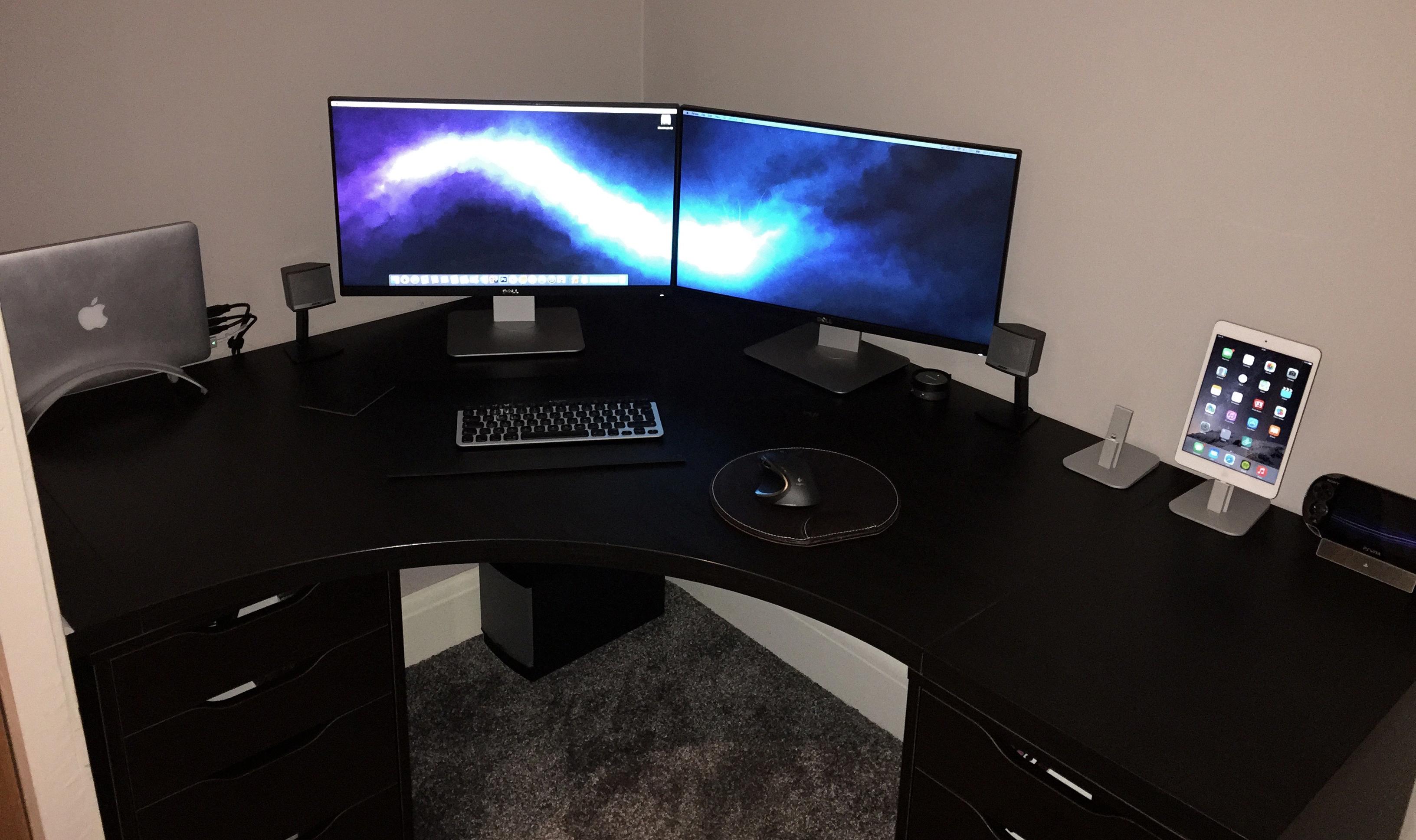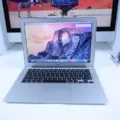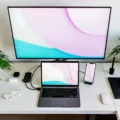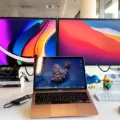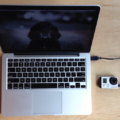Are you looking to extend your Macbook Pro’s display to a second monitor? Setting up dual monitors on Macbook Pro can give you more workspace and make it easier to multitask. In this blog post, we’ll discuss the hardware requirements for setting up dual monitors on Macbook Pro and the steps involved in getting everything set up.
Hardware Requirements:
The first step is making sure your Macbook Pro has the necessary hardware. Your Macbook Pro needs to have an external video port such as Mini DisplayPort, Thunderbolt, or HDMI. It also needs to have enough USB ports to connect two separate external displays.
Setting Up Dual Monitors:
Once you’ve confirmed that your Macbook Pro has the necessary hardware, you can begin setting up dual monitors. Start by connecting both monitors to your Macbook Pro via their respective ports (Mini DisplayPort, Thunderbolt, or HDMI). You can then open System Preferences and navigate to the Displays pane. Here you will see a list of all connected displays and be able to configure each one separately.
You can also use the Arrangement tab in the Displays pane to drag and drop each monitor into its desired position relative to your main screen. This will allow you to create a more seamless experience when using multiple displays at once.
Once both monitors are connected and arranged correctly, you can adjust their resolution settings in the Display pane as well as customize other display settings such as brightness, contrast, color profiles, etc. Once everything is configured correctly, you’re ready to start using dual monitors on your Macbook Pro!
Using multiple displays on your Macbook Pro can increase productivity by allowing you to view multiple windows at once without having to switch back and forth between them. Setting up dual monitors on a Macbook Pro is relatively simple once all of the necessary hardware is present and properly configured. With these easy steps outlined above, you should have no problem getting started with dual monitors today!
Setting Up Dual Monitors on a Mac
To get dual monitors to work separately on Mac, you will need to open the System Preferences app and select the Mission Control preference pane. In this pane, you will find an option labeled ‘Displays have separate Spaces’. When this checkbox is selected, OS X will allow each monitor to be used as a separate desktop space, with each having its own windows, apps, and desktops. You can also customize how the monitors are arranged by dragging them around in the Mission Control window. This will enable you to move windows from one monitor to another with ease. If you want to extend your desktop across both monitors, uncheck this box and assign each monitor an extended desktop space instead.
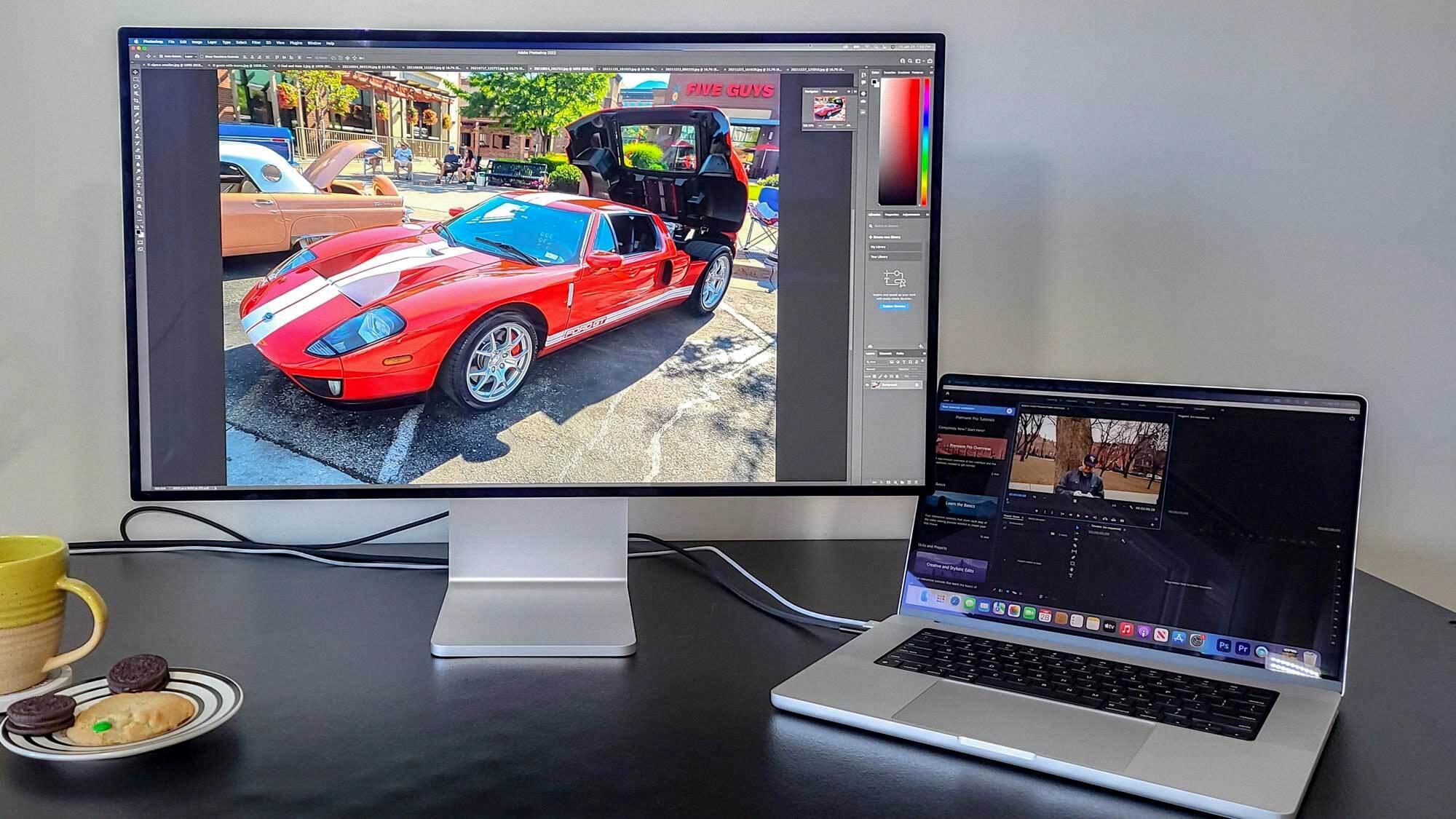
Source: tomsguide.com
Troubleshooting Issues with Connecting a Second Monitor to a MacBook Pro
It is possible that your second monitor is not compatible with your MacBook Pro, or the cable or adapter you are using to connect the two is not suitable. To check if this is the case, start by disconnecting the cable from your external display from your Mac, then reconnecting it. If the cable from your external display doesn’t fit into the ports on your Mac, you may need to use a USB-C or Thunderbolt adapter. It’s also possible that the settings on either your Mac or monitor need to be adjusted in order for them to communicate properly. Check out Apple’s support page for step-by-step instructions on how to do this.
Can a MacBook Pro Connect to Two Monitors?
Yes, you can use up to two external monitors with your MacBook Pro. You can connect them using the Thunderbolt 4 (USB-C) and HDMI ports on the Mac. Depending on the resolution of the monitors, you may need an adapter or a cable that supports high resolutions. Additionally, you should check if your Mac has sufficient power to drive both monitors simultaneously.
Enabling Two Monitors
In order to enable two monitors, you will first need to make sure you have two compatible displays connected to your computer. Once that is done, go to the Start menu and open Settings. Under the System section, select Display. This will bring up a window with multiple tabs at the top. Select the tab marked ‘Multiple Displays’, then use the drop-down list next to the image of your desktop to choose how your screen will project across your displays. You can either choose to duplicate your displays or extend them across both monitors. Once you have chosen your preferred setup, select Apply and your two screens should be enabled!
Conclusion
Overall, the Macbook Pro is an excellent choice for those seeking a powerful laptop with enhanced features. It boasts a powerful processor, large storage capacity, and a bright display. In addition, its battery life is impressive and it has the ability to span multiple monitors. Whether you need a laptop for work or play, the Macbook Pro has all the features you need in one convenient package.


